George Frederick Pinto: Complete Sonatas for Piano and Violin
George Frederick Pinto (1785–1806) is one of the major ‘what-ifs’ of music history: a child prodigy both as performer (on violin and piano) and as composer, he was only twenty when he died, probably from tuberculosis or from what one writer called ‘dissipation’. But the music he composed in the little time he had reveals a composer as gifted as almost any of his contemporaries. These three quirky and inventive violin sonatas – receiving their first recordings here – sit on the cusp of Romanticism, their Classical elegance warmed by a graceful lyricism that looks forward to Schubert.
Kenji Fujimura, piano
Elizabeth Sellars, violin
Listen To This Recording:
-
Sonata for Piano and Violin No. 1 in G minor (c. 1806)
- I Allegro moderato con espressione
- II Adagio sostenuto e legato
- III Rondo: Allegretto gracioso
- I Allegro moderato con espressione
- II Andante
- III Rondo: Allegro con brio
- I Allegro moderato con espressione e spirit
- II Adagio affettuoso e con sentiment
- III Rondo: Allegro moderato
Sonata for Piano and Violin No. 2 in A major (c. 1806)
Sonata for Piano and Violin No. 3 in B flat major (c. 1806)
First Recordings
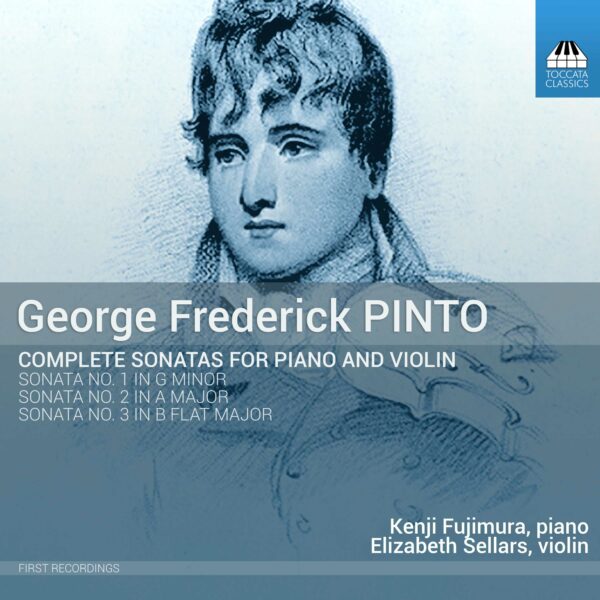
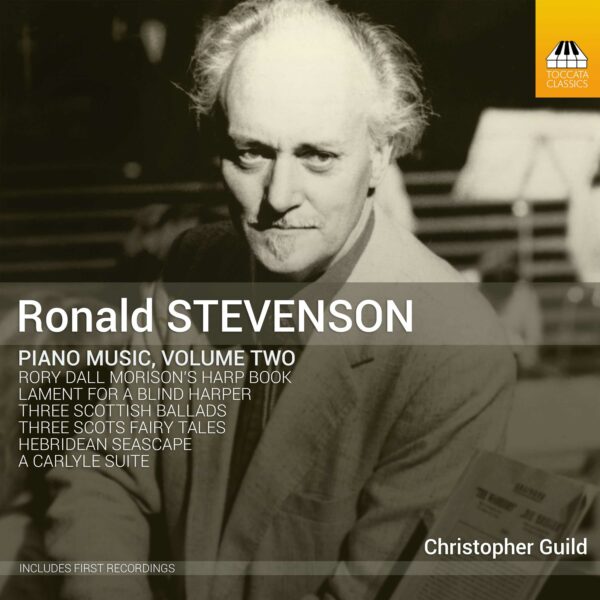
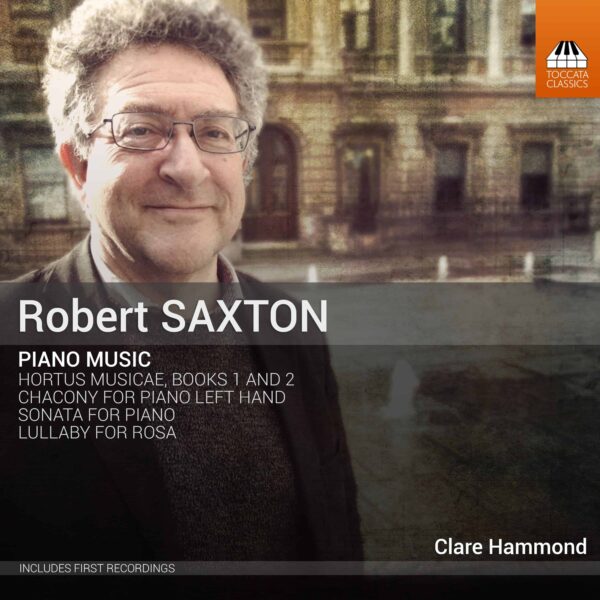
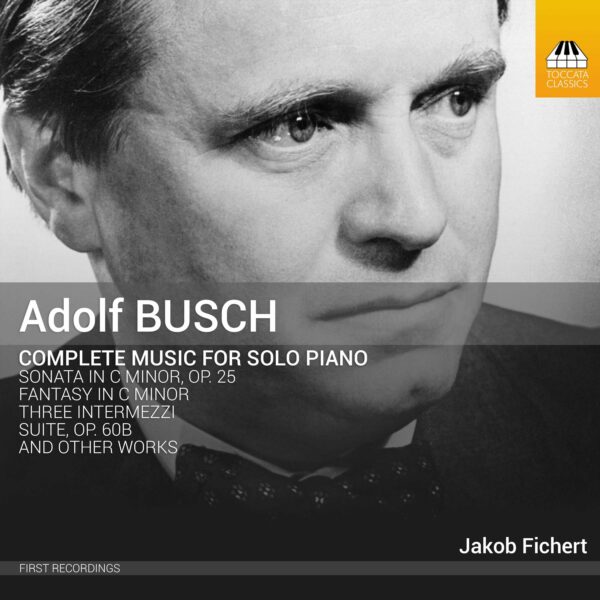
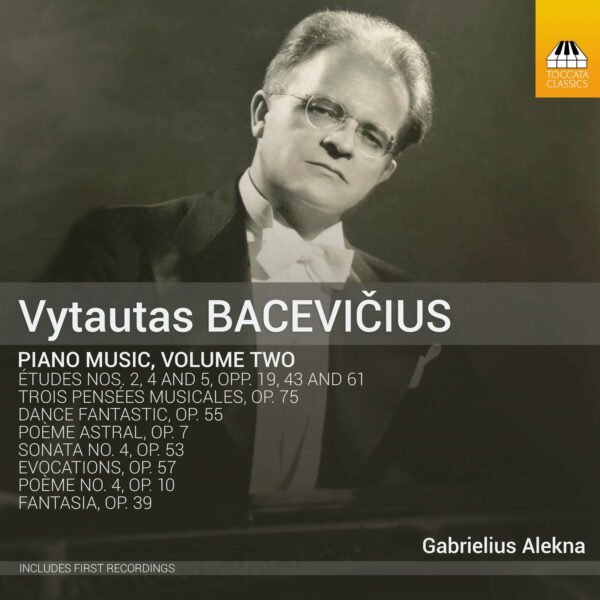
Friedrich Liener :
A superb discovery! The music has great charm and depth coming across as a bridge between classicism and romanticism with witty operatic themes in the style of Mozart combined with the wistfulness and harmonic invention of Mendelssohn in his piano music. Very persuasive interpretations from both the artists who delight in the lyricism and wit of the music. Definitely worth exploring.
MusicWeb International :
‘The balance is realistic and the recorded sound is well judged. Helpful booklet notes are always a bonus, as here.
Elizabeth Sellars and Kemji Fujimura play well on modern instruments’
—Jonathan Woolf, MusicWeb International
MusicWeb International :
‘The recording is well forward, and captures both instruments successfully, ever mindful of, and sympathetic to the importance of balance in these types of early violin sonatas, where roles aren’t as clearly defined as in later examples of the genre, and can change from section to section.’
—Philip R Buttall, MusicWeb International
Pizzicato :
‘Named after Handel as Wunderkind in his early days, Pinto was perceived by many influential contemporaries as an extraordinary artist. … The two musicians perform the sonatas with an intense commitment, which fills these charming works with liveliness. This CD is not only an enrichment to those who are interested in violin repertoire, but also to every music lover who likes compelling music but also does not slip into superficiality.’
—Remy Franck, Pizzicato